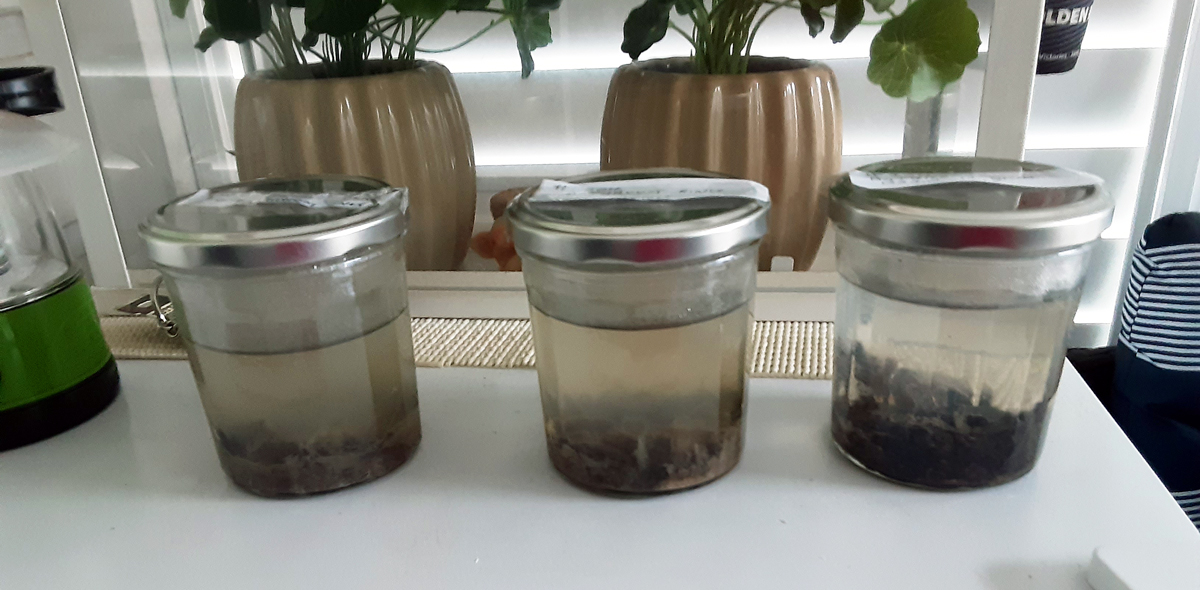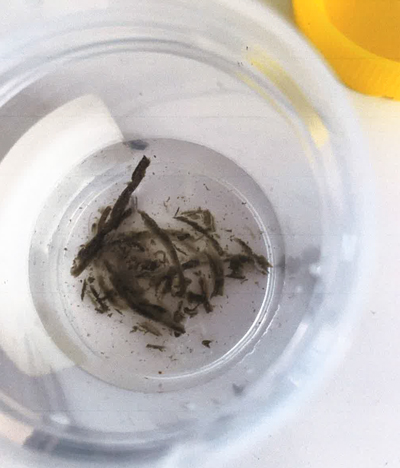Residents battle for clean water
23/09/2022
By Paul Smyth
Residents of a land lease community in western metropolitan Sydney have been forced to do battle over the quality of their drinking water. They have been concerned for a considerable period of time about the quality of the water supplied by their community operator.


There is no issue with the quality of the drinking water supplied by Sydney Water to the meter at the perimeter of the land lease community. However, residents in certain parts of the community are very concerned about the water supplied to them through the land lease community’s own water pipe network. The network contains many old water pipes and pipe dead-legs as well as connections to disused rainwater tanks. Dead-legs are sections in pipes that do not allow water to circulate, i.e sections of pipe that are supposed to be capped.
In May 2019, some residents noticed significant amounts of black sludge and biofilm from their water taps and sludge depositing in their sinks, washing machines, shower heads and toilet bowls, particularly around the rim. Disappointed by the response of their community operator over a number of months from mid 2019 to 2020, the residents approached the Local Health District, Sydney Water, their local MP, and the NSW Minister for Health and reported their experiences of cloudy and discoloured water coming from their taps and sludge build up in their shower heads and washing machines. One home owner engaged a technician from Australian Laboratory Services (ALS) to test samples of the drinking water and sludge in their home. The home owner obtained a written report on water quality testing results. The home owners were all concerned with certain high bacterial count readings in the ALS reports.
In August 2020 the home owners made contact with their local Tenancy Service (TAAS). During November 2020, the home owners filed applications against the community operator in the NSW Civil and Administrative Tribunal (NCAT). The dispute before the Tribunal was about the quality of drinking water in homes in parts of the residential community.
An environmental scientist and academic was engaged by the home owners and the TAAS and they reported results using a water turbidity meter that the chlorine levels were low.
”...these levels were considerably lower (approximately 25 to 33%) than the free chlorine concentration of water from the tap in the common BBQ area (0.53 mg/L). I was advised that the tap in the BBQ common area is located close to the boundary of the park and is a relatively short distance to the connection point to Sydney Water’s reticulated water system.”
The significance of low chlorine levels in any land lease communities drinking water supply can potentially cause illnesses like hepatitis, giardia or cryptosporidium. Drinking water systems commonly add chlorine (a process known as “chlorination”) to their water supply for the purpose of disinfection and making water safe to drink. Disinfection kills or inactivates harmful micro-organisms which can cause illness.
The home owners were also concerned about high zinc readings. Such metallic elements can be toxic or even poisonous when ingested. In Australia there are non mandatory Australian Drinking Water Guidelines developed by the Federal National Health and Medical Research Council (NHMRC) which can be found on-line.
The community operator’s own water consultant stated in their report that much of the original water infrastructure currently used in the land lease community was inherited from the previous much older caravan park that operated from the site. The operator was clearly concerned about the adverse publicity the home owners applications to the Tribunal might bring and additionally were aware of the potentially significant impact on their profits of having to dig up and replace water pipes in their community.
After numerous Tribunal directions hearings, the parties were permitted legal representation and expert reports, lay evidence and written submissions of the parties were filed and finally in early December 2021 the home owners and operator settled their matters in the Tribunal. This occurred on the day of the formal hearing, by way of written consent orders and a Heads of Agreement document. The community operator did not admit any liability. However, they agreed to consent orders where the home owners would receive:
- a site fee free period of six months,
- compensation paid for the economic loss incurred,
- an agreement that the operator carry out a program of works and monitoring of the water supply,
- and a testing program put in place to test the water supplied over a six month period.
Part of the agreed works included regular flushing of the water pipes and maintaining chlorination levels. However the operator has not complied with one order, namely, to test a sample of the sludge to be taken from the water taps in the home of one applicant home owner. The matter has been the subject of further meetings since March 2022 between the home owners, their advocates, the community operator and their legal representatives.
The fight to be provided with good quality, uncontaminated drinking water is one that this group of home owners is not prepared to give up on.
This article was published in Outasite magazine issue 8. Outasite is published annually. Outasite Lite email newsletter, is sent several times a year – subscribe here. All past issues are available in the archive.
